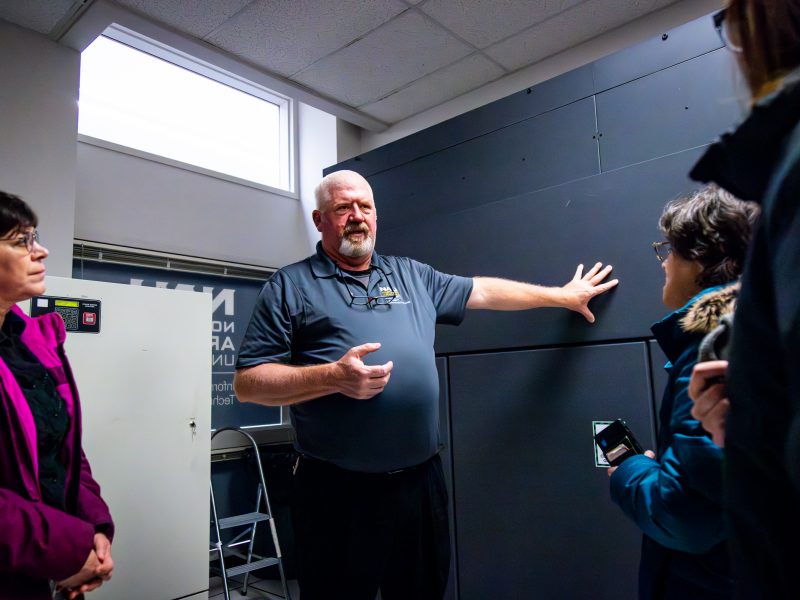Powering Big Data for Bigger Discoveries
SHERC-Funded Server Room Renovation Expands NAU’s Data Science Capacity

Northern Arizona University’s (NAU) capacity for data-driven research just got a major upgrade, thanks to a high-impact renovation project led by the Southwest Health Equity Research Collaborative’s (SHERC) Research Capacity Core (RCC). In effort to support researchers working with large and complex data sets, the RCC funded a comprehensive upgrade of NAU’s central server room. This critical infrastructure investment of nearly $500,000 will directly advance health research conducted by NAU.
The renovation, which includes new power systems, updated server technology, and a more efficient thermal management system, is a foundational improvement for NAU’s growing data science initiatives. At the heart of the project was a focus on modernizing the facility’s capacity to host two of SHERC’s most essential computing environments: ADAMS, a secure server designed for sensitive data storage, and MONSOON, a high-performance computing cluster used for large-scale data analysis.
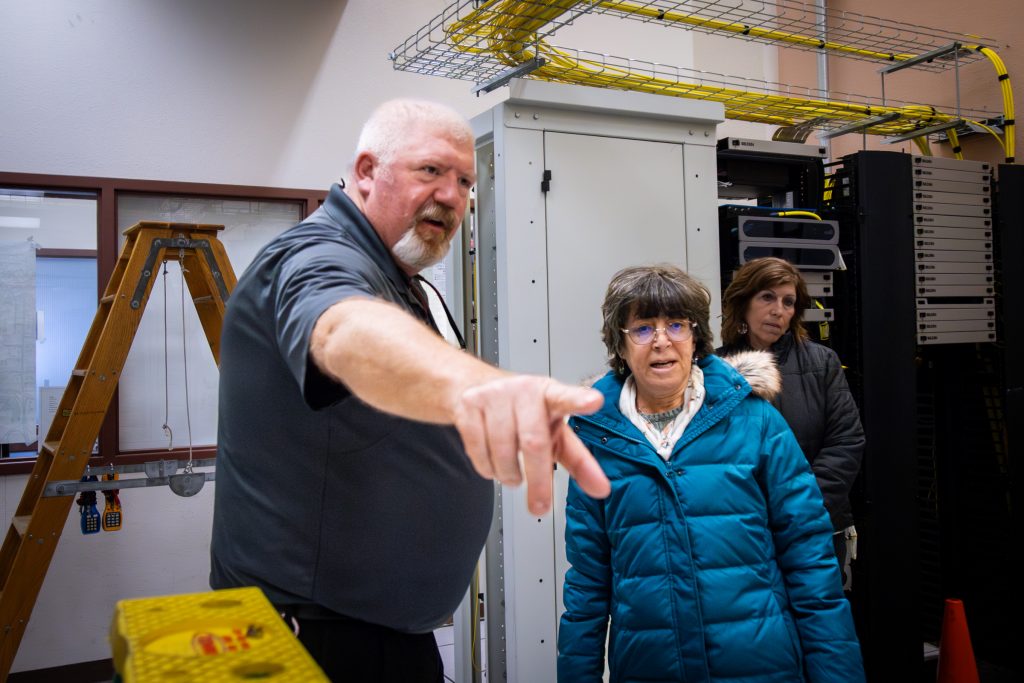
Catherine Propper, professor in NAU’s Department of Biological Sciences and RCC lead investigator, believes the renovation opens doors for NAU researchers to bolster their research using large-scale datasets.
“Extremely large databases are now available and downloadable to help determine how health is impacted by a multitude of factors,” said Propper.
“These resources, including many from the Arizona Department of Health Sciences, need secure, high-capacity computing power to analyze and interpret.”
Without these improvements, research as described by Propper would not be possible.
A core upgrade for core research
“The most important things we’ve gained are availability and reliability,” said Brett West, Associate Vice President for Information Technology at NAU.
“When researchers are running jobs that might take days or weeks, losing power or experiencing overheating can mean starting from scratch. With these upgrades, we’re making sure the technology is there to support that kind of long-term, high-intensity research.”
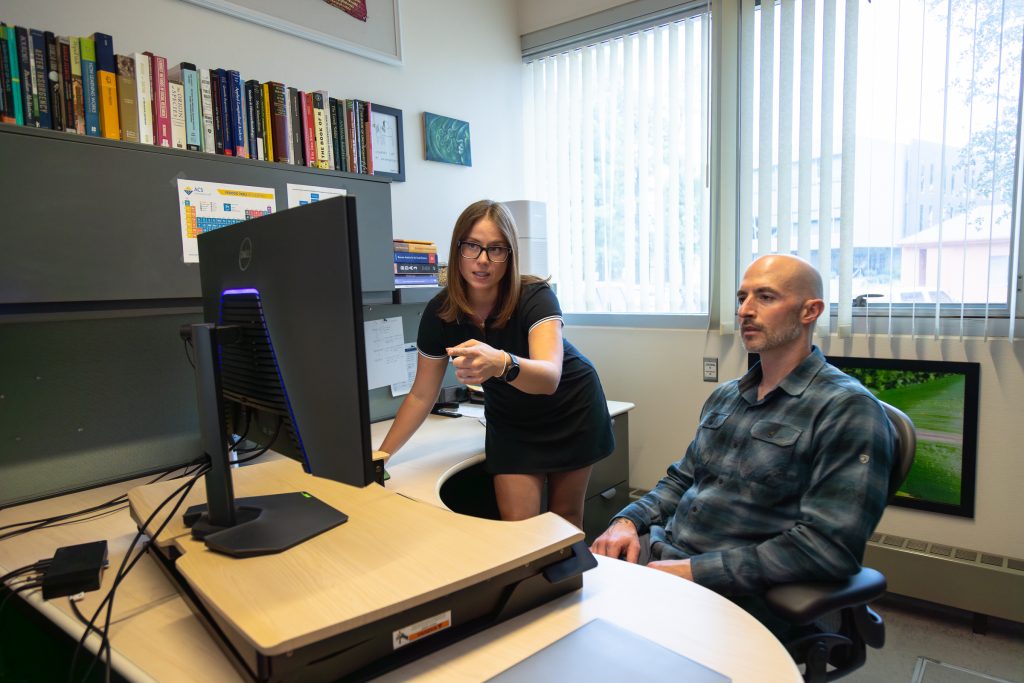
One of the most important improvements was the installation of a new uninterruptible power supply system which is a large-scale battery backup that can maintain power during outages and ensure continuity across sensitive computing jobs. This includes a new power inverter system that balances direct current (DC) to alternating current (AC) energy flow, as well as a full-scale rebalancing of the server room’s power distribution.
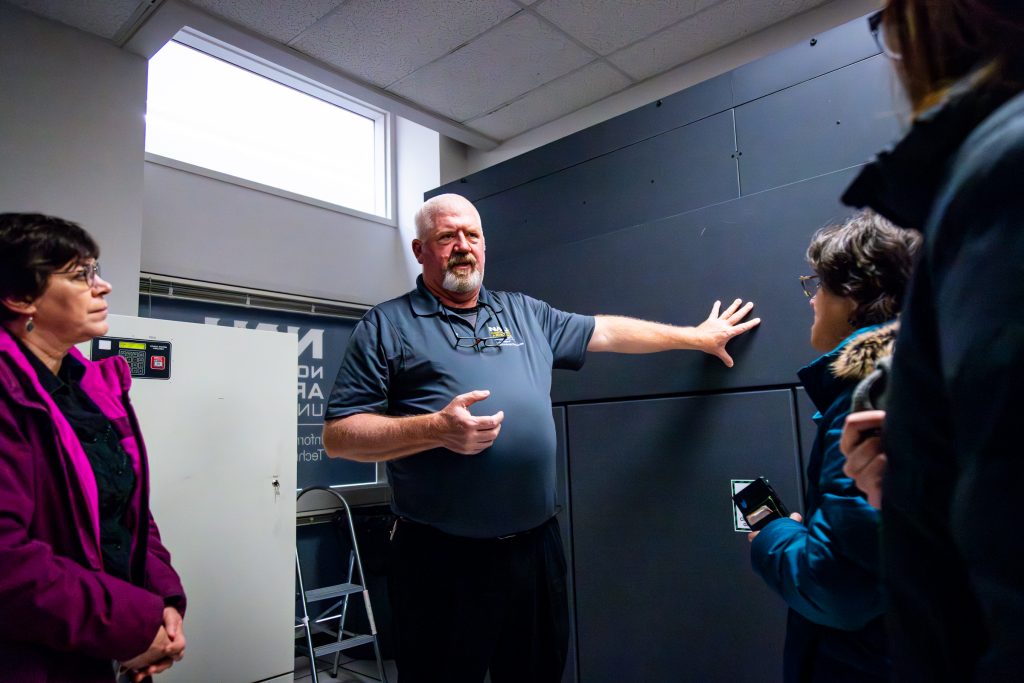
The facility also received enhancements that will soon support a hot/cold air containment system, allowing for significantly more efficient cooling. By isolating hot and cold airflows, the system reduces strain on the building’s HVAC infrastructure and lowers the risk of heat-induced equipment failure.
As West explained, “The servers generate an enormous amount of heat, over 100 degrees in some cases. Directing that heat flow efficiently means we can protect the machines and draw down our energy use at the same time.”
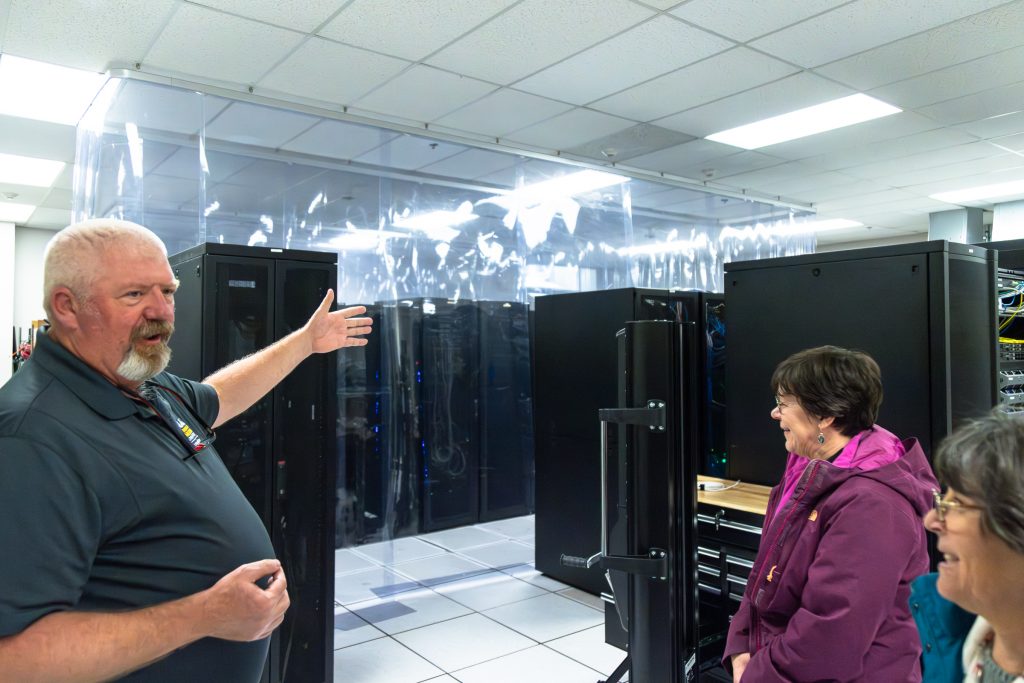
Powered by SHERC’s vision for capacity-building
The renovation aligns closely with the RCC’s mission to provide NAU researchers with the tools, expertise, and infrastructure needed to conduct cutting-edge research. While NAU’s Information Technology Services (ITS) supports the day-to-day operations of campus computing, the RCC plays a critical role in strategically expanding those capabilities to meet growing research demands.
From the start, a key goal of the RCC was to enhance NAU’s core computational facility, a vision now brought to life through this renovation project. As part of the effort, the RCC also established the Technical Assistance Group Service Center (TAG-SC), created to support NAU investigators with a wide range of technical research needs. These include study design, data analysis, and the application of advanced quantitative and qualitative methods, with a strong focus on assisting early-stage and early-career researchers. Through the renovation, the TAG-SC is poised to bring big-data capability to NAU like never before.
RCC Year 1 brought new possibilities for Anthropology storage closet
This focus on infrastructure isn’t new for SHERC. In 2018, SHERC funded a major renovation of NAU’s Anthropology Laboratory, turning an underused storage facility into a vibrant research space. That investment helped launch the careers of new investigators and created valuable training opportunities for students in human biology and biocultural anthropology.
Melissa Liebert, assistant professor, Department of Anthropology, works in the renovated lab, and took part in the lab’s overhaul.
“As an early-stage investigator, SHERC funding for the Anthropology Laboratories was pivotal for launching my research career at NAU,” Liebert said. “This support offered newly renovated facilities for me to develop the Human Biology and Health Laboratory, provided a secure space for the management of sensitive data, and funded the purchase of important research equipment.”
Now, almost eight years later, the 2025 server room renovation represents the next evolution in SHERC’s mission to equip researchers with state-of-the-art facilities, focusing this time on digital, data-intensive science.
ADAMS and MONSOON: a platform for powerful, secure research
The renovated server room now supports two of NAU’s key computing assets: ADAMS and MONSOON.
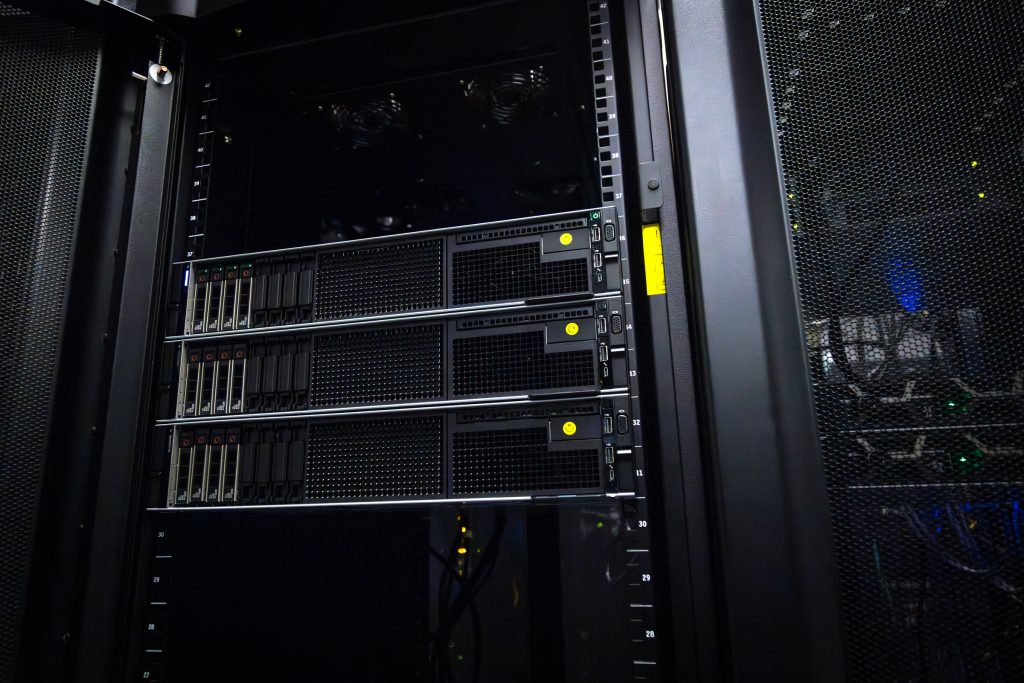
ADAMS is NAU’s secure storage system, designed to host highly sensitive data sets. Researchers conducting work under data security protocols such as HIPAA or requiring federal data classifications can store and analyze their information in compliance with best practices.
MONSOON is a high-performance computational cluster optimized for big data processing. Equipped with 3,400 processing cores and eight Graphics Processing Units, MONSOON is used for collating, modeling, and analyzing massive datasets crucial for research in fields like public health, epidemiology, and bioinformatics.
Together, these systems create a robust environment for SHERC-affiliated researchers to conduct everything from predictive modeling and machine learning to community-based health research studies involving thousands of participants.
Ready for the future of collaboration
The server room renovation also positions NAU to be more agile in collaborating with partners across Arizona and nationally. With new support for modern security schemas, researchers can now collaborate with other universities, government agencies, and community organizations while maintaining strict data protection standards.
“These upgrades allow us to share computing resources securely and efficiently,” said West. “Eventually, we’re aiming for shared compute environments between NAU, the University of Arizona, and Arizona State University, so that we can work on the same datasets without unnecessary duplication or data transfer delays.”
The enhancements also allow for greater accessibility. Now, researchers can access servers remotely from the field, without needing a high-powered local setup, since the heavy processing is done virtually. This improves workflow and extends NAU’s research capacity beyond the boundaries of campus.
As a health disparities investigator, SHERC research coordinator Amy Gelatt elaborates on data security and the power of the renovation:
“The ADAMS server enhances our research by providing security, remote access, and reliable computing power. In working with sensitive health-related data, security is a high priority. Our team stores transcripts and other sensitive project data on ADAMS to protect the integrity of our data. Only research team members approved by IRB can access our folder, which is an additional layer of security,” added Gelatt.
Gelatt also mentioned the power of remote access, adding that “researchers [now] have the flexibility to work from anywhere and the ability to run software without running on and bogging down their local computer. It’s an incredibly powerful tool for NAU researchers.”
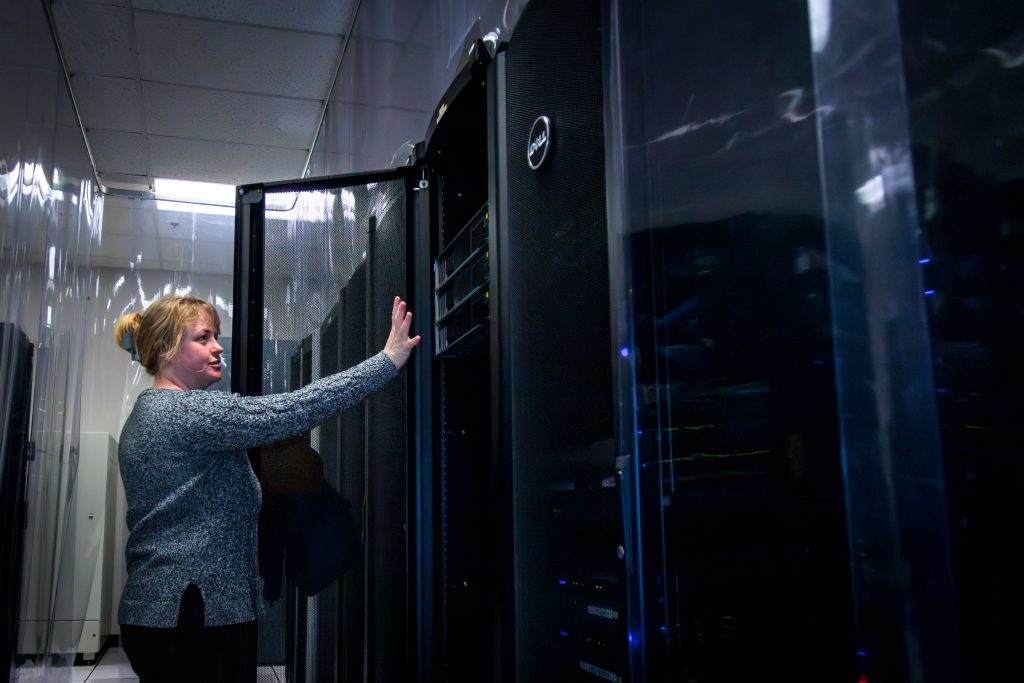
Building capacity, reducing barriers
Ultimately, the RCC’s investment in server infrastructure is about breaking down barriers, making it easier for researchers to ask big questions, work with big data, and create meaningful change. As demand for digital infrastructure continues to grow, especially in health disparities research, NAU is now equipped with the technical backbone to meet those needs.
From more reliable power and climate control to scalable compute environments and secure data storage, the renovated server room offers a glimpse into NAU’s future: a research environment built on resilience, efficiency, and the drive to make an impact.
The renovated server room is more than a technical upgrade: it’s a strategic investment in the future of research at Northern Arizona University. By expanding computing power, increasing data security, and improving system reliability, the investment from SHERC’s RCC is enabling researchers to push the boundaries of what’s possible in health research.
“The improvements to our computing servers will allow for faculty, staff, and students to enhance their research and will lead to outcomes important to health within Arizona and beyond,” predicted Propper.
As scientific challenges grow more complex and data-intensive, NAU is now better equipped than ever to meet them with a foundation of infrastructure that empowers innovation, collaboration, and meaningful impact in the communities that need it most.
